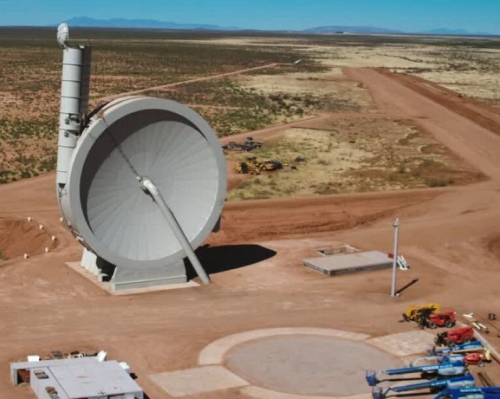Falcon Heavy to finally launch again?
After three years of delays due to payload issues, it now appears that the next Falcon Heavy launch will likely occur near the end of October.
The tentative date is October 28th, but this is not yet confirmed. Though a manifest of a half dozen Falcon Heavy launches has existed since 2019, and most were originally scheduled for launch in 2020-2021, none has taken place, all supposedly because of payload delays not issues with the rocket itself.
SpaceX officials are now saying that it plans to complete six Falcon Heavy launches within the next twelve months. Two are for the military, three for commercial communications companies, and the last is the Psyche mission for NASA. This last launch is delayed because of software issues discovered in June, only a few weeks before launch. Whether it can fix these issues in time for a new July 2023 launch window remains questionable.
After three years of delays due to payload issues, it now appears that the next Falcon Heavy launch will likely occur near the end of October.
The tentative date is October 28th, but this is not yet confirmed. Though a manifest of a half dozen Falcon Heavy launches has existed since 2019, and most were originally scheduled for launch in 2020-2021, none has taken place, all supposedly because of payload delays not issues with the rocket itself.
SpaceX officials are now saying that it plans to complete six Falcon Heavy launches within the next twelve months. Two are for the military, three for commercial communications companies, and the last is the Psyche mission for NASA. This last launch is delayed because of software issues discovered in June, only a few weeks before launch. Whether it can fix these issues in time for a new July 2023 launch window remains questionable.


